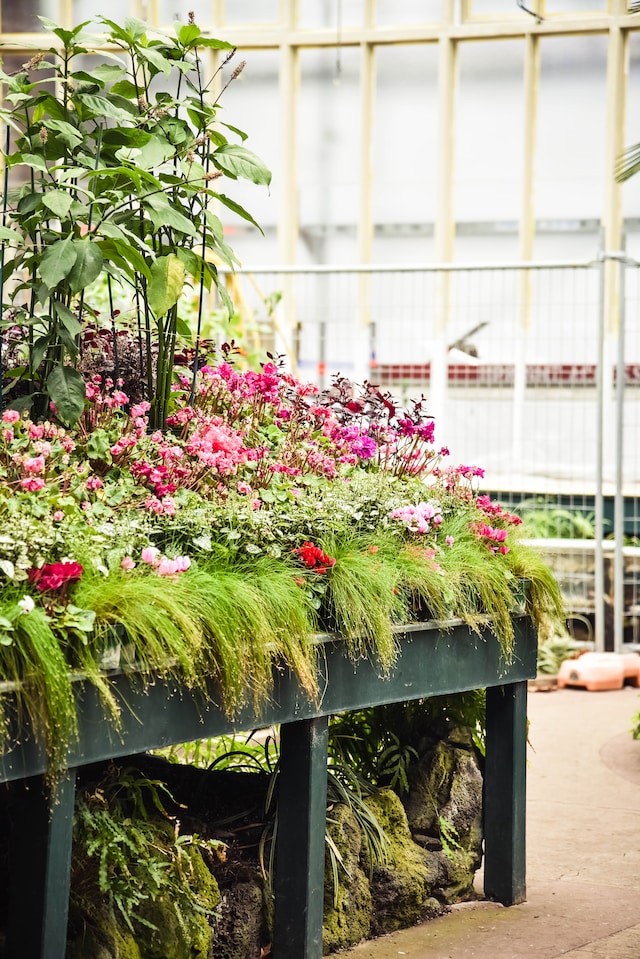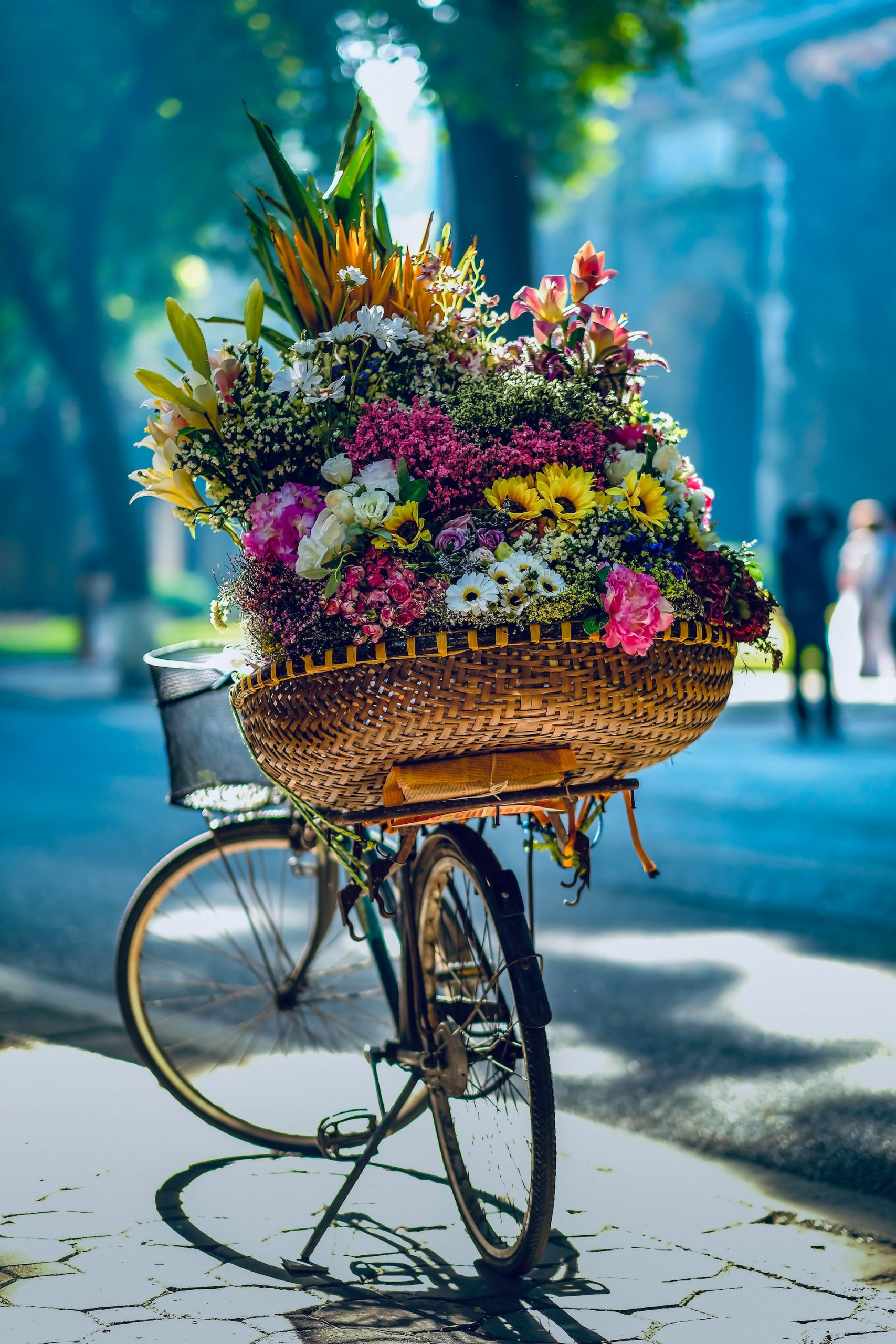Welcome to the world of flower gardening! If you’re looking for a way to add color, fragrance, and beauty to your outdoor space, then creating a stunning flower garden is the perfect solution. Whether you have a green thumb or not, with a little bit of planning and effort, anyone can plant and care for beautiful flowers that will brighten up their surroundings. In this blog post, we’ll explore the different types of gardens, when and how to plant flowers, how to take care of them properly and some tips on making your flower garden truly spectacular. So let’s get started on this blooming adventure!
The Different Types of Gardens
When it comes to flower gardening, there are various types of gardens you can choose from. Each type has its unique characteristics and requirements.
One popular type is the container garden. This is perfect if you have limited space or want to add some color to your balcony or patio. Container gardens allow you to grow plants in pots that can be moved around according to your preferences.
Another option is a raised bed garden, which involves planting flowers in soil mounds built above ground level. Raised beds offer better drainage and prevent soil compaction.
For those looking for a more traditional approach, an in-ground flower garden may be the way to go. In-ground gardens require some preparation work like tilling and amending soil before planting but allow for more diversity in plant selection and easier maintenance over time.
There’s also the option of creating a themed garden such as butterfly or pollinator-friendly gardens designed specifically with certain species’ needs in mind.
No matter what type of garden you choose, make sure it fits your available space and aligns with your personal tastes!
How to Plant Flowers
Planting flowers is one of the most rewarding gardening activities. It’s easy and simple, yet it can transform your outdoor space into a beautiful sanctuary. Here are some tips on how to plant flowers.
Firstly, choose the right spot for your flower bed. Flowers need sunlight to grow, so make sure the spot you choose gets at least six hours of direct sunlight each day. Also, ensure that the soil in the area is fertile and well-draining.
Next, prepare the soil by removing any weeds or debris from the area where you want to plant your flowers. Loosen up compacted soil by using a garden fork or tiller.
Once you have prepared the soil, dig holes for your plants about twice as wide as their root ball and deep enough so that they will be planted at their original depth.
Before planting your flowers, water them thoroughly in their pots to help loosen them up and make sure they are hydrated before being transplanted into new soil.
After placing each plant in its hole, fill around it with soil while firming gently until level with surrounding ground level
Finally water deeply after planting new plants to provide moisture needed during establishment stage so roots can continue growing down into fresh soils
When to Plant Flowers
Timing is everything when it comes to planting flowers. Planting at the right time ensures that your flowers thrive and bloom beautifully. The ideal time for planting depends on various factors, including the type of flower you want to plant, the climate in your region, and whether you’re starting from seeds or seedlings.
Annuals are best planted in early spring after the last frost has passed. This gives them plenty of time to establish their roots before summer heat sets in. Perennials, on the other hand, can be planted either in fall or early spring depending on your region’s climate.
For those who prefer starting from seeds rather than seedlings should also consider timing properly. Seeds can be sown indoors 6-8 weeks before transplanting outside during springtime or sown directly into soil outdoors once temperatures have warmed up enough.
It’s important to note that different regions may have different planting periods based on their weather patterns so make sure to consult with local gardening resources if unsure about timings. By following these guidelines for proper timing when planting flowers will ensure a beautiful garden all season long!
How to Care for Flowers
Caring for flowers is essential if you want to keep your garden looking beautiful throughout the season. Here are some tips to help you ensure that your plants remain healthy and vibrant:
1. Watering: One of the most crucial aspects of caring for flowers is watering them regularly. Make sure to water deeply, but not too frequently, as this can lead to root rot.
2. Fertilizing: Flowers need nutrients to grow strong and healthy. Use a high-quality fertilizer every few weeks during the growing season, following package instructions.
3. Deadheading: Removing spent blooms will encourage new growth and prolong flowering time.
4. Pest control: Keep an eye out for pests such as aphids or mites that can damage your plants’ leaves or flowers. Use natural pest control methods whenever possible.
5. Mulching: A layer of mulch around your flowers will help retain moisture in the soil and suppress weeds.
By following these simple care tips, you’ll be able to enjoy a beautiful flower garden all summer long!
Tips for Making a Stunning Flower Garden
Creating a stunning flower garden is not an easy feat, but it’s definitely worth the effort. By following the tips we’ve shared in this article, you’ll be well on your way to having a beautiful and thriving garden that will make all of your neighbors green with envy. Remember to choose the right type of garden for your needs, plant the flowers at the right time and in the right place, care for them properly, and don’t be afraid to experiment with different colors and designs. With some hard work and patience, you can create a flower garden that will bring joy to yourself and others for years to come. So put on those gardening gloves and get ready to show off your green thumbs!








